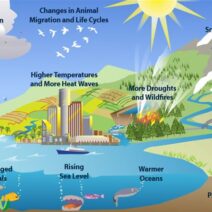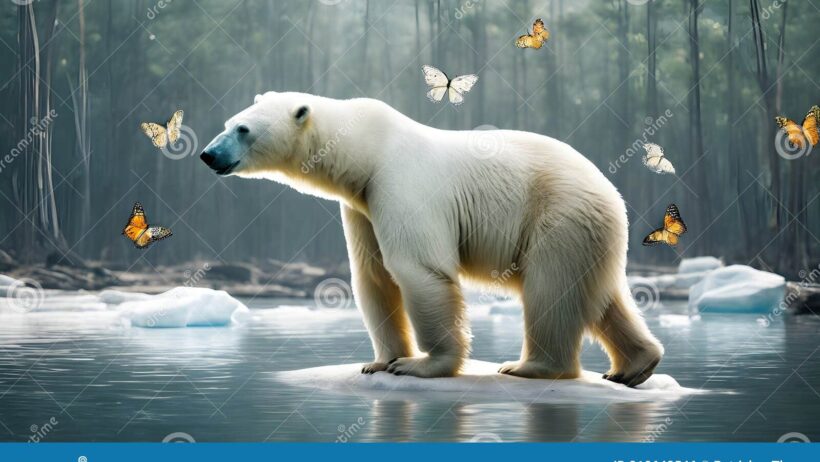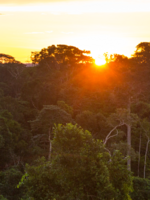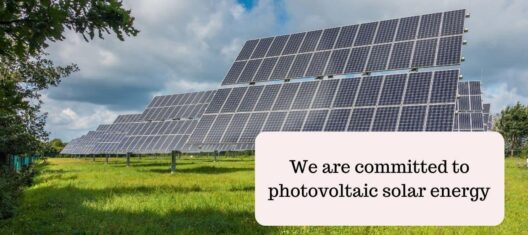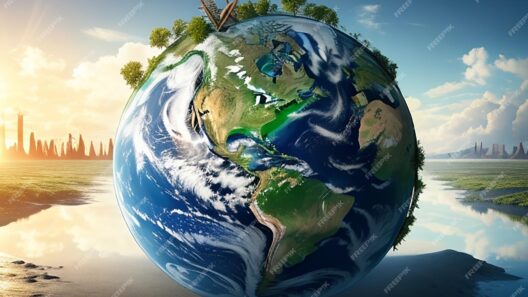The world’s rainforests, often dubbed the planet’s lungs, harbor an extraordinary variety of plant and animal life. Their significance extends far beyond aesthetic beauty; they serve critical ecological functions, acting as carbon sinks, regulating global climate patterns, and providing a myriad of resources that sustain human life. Yet, as deforestation persists at an alarming rate, the consequences of burning these verdant ecosystems have become increasingly dire. Understanding the ripple effect of rainforest destruction sheds light on its profound impact on global warming, urging a shift in how we perceive our environmental responsibility.
As the flames devour trees, the immediate effects are devastating. The incineration of foliage releases substantial amounts of carbon dioxide (CO2) into the atmosphere, exacerbating the greenhouse effect. Forests originally function as carbon sinks, absorbing CO2 during photosynthesis. When these trees are eradicated, not only is this capacity lost, but the stored carbon is also liberated back into the atmosphere. This paradoxical situation contributes significantly to the accumulation of greenhouse gases, accelerates climate change, and intensifies global warming.
Moreover, the repercussions of rainforest fires extend beyond mere CO2 emissions. The incineration of diverse flora alters the local weather patterns, leading to a feedback loop that further complicates climatic issues. Forests play a pivotal role in maintaining the hydrological cycle. They facilitate evaporation and transpiration, processes that regulate rainfall. When forests are decimated, there is a noticeable decrease in precipitation, resulting in drier climates, which can culminate in more frequent droughts and increased susceptibility to wildfires. This alteration in water cycles underscores the interconnectedness of rainforest ecosystems and climate stability.
Transitioning from the local to the global scale, the impact of rainforest degradation has far-reaching implications. As biodiversity diminishes, the delicate equilibrium of ecosystems is upset. The extinction of species disrupts food chains and the services these organisms provide. For instance, pollinators, vital to many food crops, are often lost with their native habitats. This reduction not only endangers food security but also diminishes human health and economic stability, creating a cascading effect that can ripple through entire communities and nations.
When we examine the socio-economic dimensions of deforestation, the picture becomes even murkier. The drive to exploit rainforest land often stems from short-sighted economic policies that value immediate gain over long-term sustainability. The slash-and-burn agriculture practiced by many rural communities, while offering short-term subsistence, leads to a cycle of poverty and environmental degradation. This results in increased migration, conflict over resources, and the exacerbation of climate change—primarily borne by the most vulnerable populations who have contributed least to the problem.
Shifting our perspective on the preservation of rainforests can yield profound benefits not only for the environment but for humanity as well. Recognizing rainforests as invaluable assets rather than expendable resources encourages a paradigm shift in how we approach conservation. Efforts to promote ecotourism and sustainable agriculture can provide alternative livelihoods while fostering a deeper appreciation for these ecosystems. By investing in the conservation of rainforests, we can simultaneously mitigate the effects of global warming and promote social equity.
Furthermore, effective policy change is paramount. Governments and organizations must work collaboratively to enforce stricter regulations on deforestation and promote sustainable land use. International cooperation is essential in creating frameworks that bind countries to their commitments to combat climate change. By including indigenous voices in conservation efforts and ensuring their rights are recognized, we acknowledge the profound knowledge they possess about sustainable practices and biodiversity. Their stewardship, which has persisted for millennia, holds the key to harmonious coexistence with nature.
Another dimension worth considering is the potential impact of advanced technologies. Innovations in remote sensing, artificial intelligence, and data analytics can offer unprecedented insight into rainforest health and allow for proactive measures against illegal logging and fires. Implementing these tools can aid in preserving critical habitats, ensuring that we remain attuned to the rapidly changing dynamics of these ecosystems.
As we confront the reality of climate change, the interdependency between human activity and the natural world becomes increasingly evident. The destruction of rainforests epitomizes this connection, illuminating the far-reaching consequences of our actions. To mitigate the effects of global warming, we must embrace a holistic approach that integrates ecological stewardship into every facet of society, recognizing that the fate of rainforests is inextricably linked to our own survival.
The narrative surrounding rainforest destruction must evolve. The urgency of the situation demands a collective awakening, a call to action that transcends borders and socio-economic divides. Preventing the burning of these precious ecosystems is not merely about protecting biodiversity; it encompasses the fundamental challenge of safeguarding the planet’s future. The time is ripe for us to reimagine our relationship with rainforests, not just as a source of resources but as vital entities deserving of our reverence and protection.
By fostering awareness and driving meaningful change, we can ensure that the rainforests continue to thrive, thus curbing the rampant advance of global warming and preserving the intricate web of life that sustains us all. Each action taken towards conservation sends ripples through time—affecting climate stability, biodiversity, and human livelihoods. The fight against climate change begins not just with the individual, but with our collective recognition of the intrinsic value of the rainforests. Let us ignite a movement that embraces this truth, turning the tide against ecological destruction for the sake of future generations.

